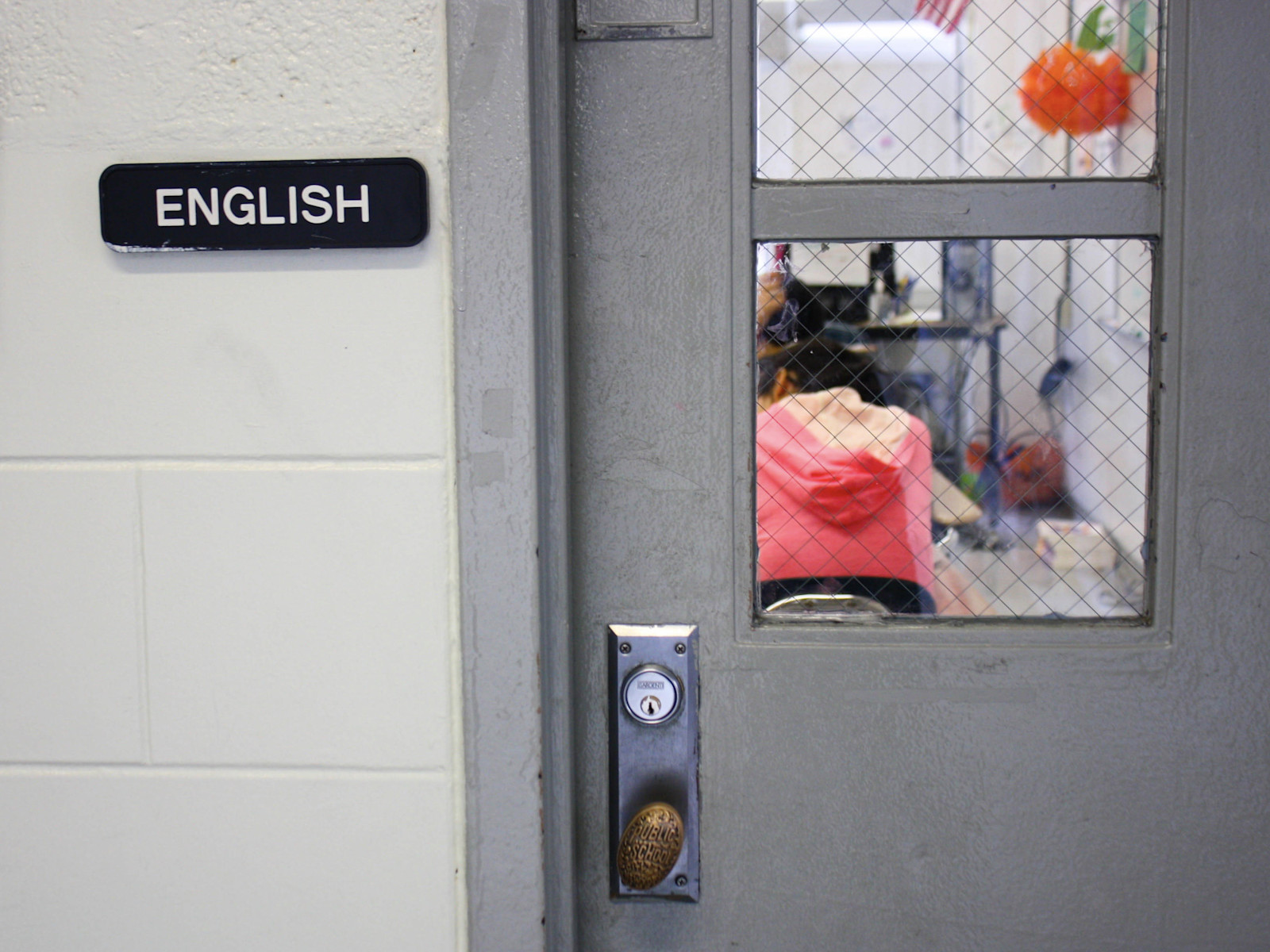5 Tips for Wrangling ELA Test Questions

A couple years ago, a poetry question appeared on the ELA test in Texas. The poet’s name was Sara Holbrook. If her name sounds familiar, it is probably not because of her poetry so much as her very public confession: she had no idea how to answer the test questions about her own poems!
I often have outbursts of indignation when I read some of the practice questions my own 10-year-old comes home with. It happened just last week as I huddled over my son’s shoulder wondering what on earth a practice question was asking.
So what can we do to support each other in navigating such twisting linguistic waters?
As a former English teacher and education professor, I have a few tips for wrangling ELA exam questions. These are the things I shared with my son and other parents, and now I share them with you.
- There are essentially two kinds of questions on ELA exams: big questions and little questions. Always identify what types of questions you’re dealing with. Big questions ask about things like gist, theme, shifts in mood or tone. Little questions tend to ask about events and characters–and they often refer to a specific line or moment in the story.
- Adults write test questions and multiple choice options to trick students. It’s not a fair game at all. It’s about learning to spot the tricks that were planted to mess you up. When reading possible answers, don’t just look for the “right” answer. Look for the “almost right” answers, too, so you can eliminate them.
- Don’t read the passage first. Skip to the questions and annotate them. What are the questions asking you to look for? Circle the really important words and draw little arcs to connect important components. And, if the question refers to a word or phrase or specific line number, stop and write a little note in the margin next to that paragraph in the passage.
- When reading the passage, if you think you know the answer to one of those questions you annotated, then go to it and try to answer it right away. Don’t rush, though. Make sure you are being thoughtful. And if the question you feel ready to answer is out of order, that’s fine.
- Finally, make sure it’s crystal clear to students that the kind of reading (and writing) they do on state exams is only one type of reading. It’s important, yes, because it has consequences. But it’s not “real” reading. For me, real reading is the kind where you get immersed, ask questions, and make connections between your life, history, and other texts. The kind of reading you whisper about to friends after making sure no adults are listening. Take the test seriously, but don’t mistake it for the only kind of reading in your life.
If you’re a student, parent, or teacher and have your own tips to add, please let me know via the COMMENTS!
Please Post Comments